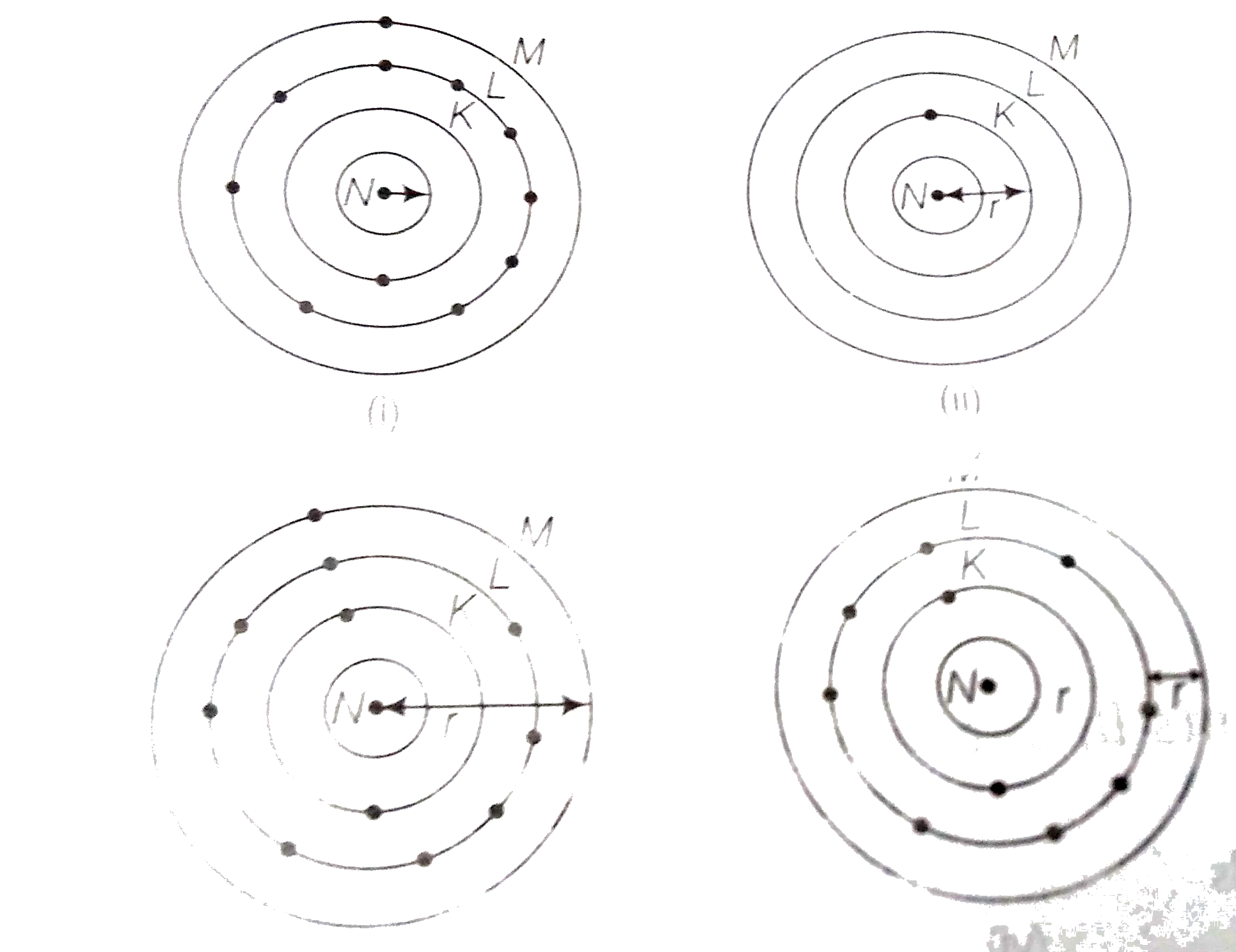A chemical reaction : A+B→AB , B is acting as limiting reagent then choose the correct option. The limiting reagent is
A B (1) 50 atom 100 atom (2) 100 atom 200 atom (3) 50 atom 30 atom (4) 50 atom 200 atom
a. 1
b. 2
c. 3
d. 4
The correct Answer is:C
To solve the problem, we need to identify the limiting reagent in the given chemical reaction:
Reaction: A + B → AB
Given: B is acting as the limiting reagent.
1. Understanding Limiting Reagent:
- A limiting reagent is the reactant that is completely consumed in a chemical reaction, determining the maximum amount of product that can be formed.
2. Analyzing the Options:
- We have four pairs of quantities for A and B:
1. (50 ATM, 100 ATM)
2. (100 ATM, 200 ATM)
3. (50 ATM, 30 ATM)
4. (50 ATM, 200 ATM)
3. Identifying the Limiting Reagent:
- Since it is given that B is the limiting reagent, we need to find the pair where B has a smaller quantity compared to A.
- Let's evaluate each option:
- Option 1: A = 50 ATM, B = 100 ATM → B is in excess (not limiting).
- Option 2: A = 100 ATM, B = 200 ATM → B is in excess (not limiting).
- Option 3: A = 50 ATM, B = 30 ATM → B is in less quantity (limiting).
- Option 4: A = 50 ATM, B = 200 ATM → B is in excess (not limiting).
4. Conclusion:
- The only option where B is in less quantity than A is Option 3: (50 ATM, 30 ATM). Therefore, this is the correct answer.
Final Answer:
The correct option is (3) 50 ATM, 30 ATM.
---
- A limiting reagent is the reactant that is completely consumed in a chemical reaction, determining the maximum amount of product that can be formed.
- We have four pairs of quantities for A and B:
1. (50 ATM, 100 ATM)
2. (100 ATM, 200 ATM)
3. (50 ATM, 30 ATM)
4. (50 ATM, 200 ATM)
- Since it is given that B is the limiting reagent, we need to find the pair where B has a smaller quantity compared to A.
- Let's evaluate each option:
- Option 1: A = 50 ATM, B = 100 ATM → B is in excess (not limiting).
- Option 2: A = 100 ATM, B = 200 ATM → B is in excess (not limiting).
- Option 3: A = 50 ATM, B = 30 ATM → B is in less quantity (limiting).
- Option 4: A = 50 ATM, B = 200 ATM → B is in excess (not limiting).
- The only option where B is in less quantity than A is Option 3: (50 ATM, 30 ATM). Therefore, this is the correct answer.
The correct option is (3) 50 ATM, 30 ATM.
Similar Questions
Knowledge Check
The correct order of size of atoms is
AN>O>FBF>N>OCN>F>ODF>O>N
The correct order of atomic sizes is
View SolutionA chemical bond between two atoms is:
View SolutionWhich one of the following depict the correct representation of atomic radius (r) of an atom ?

View SolutionAtoms simply rearrange themselves during a chemical reaction.
View SolutionThe atoms remain indestructible in a chemical reaction.
View SolutionIn a reaction
A+B2→AB2
Identify the limiting reagent, if any, in the following reaction mixtures.
a. 300atoms of A+200 molecules of B
b. 2molA+3molB
c. 100atoms of A+100 molecules of B
d. 5molA+2.5molB
e. 2.5molA+5molB
View SolutionWhen the atoms Li,Be,B and Na are arranged in order of increasing atomic radius, what is the correct order?
View Solution
